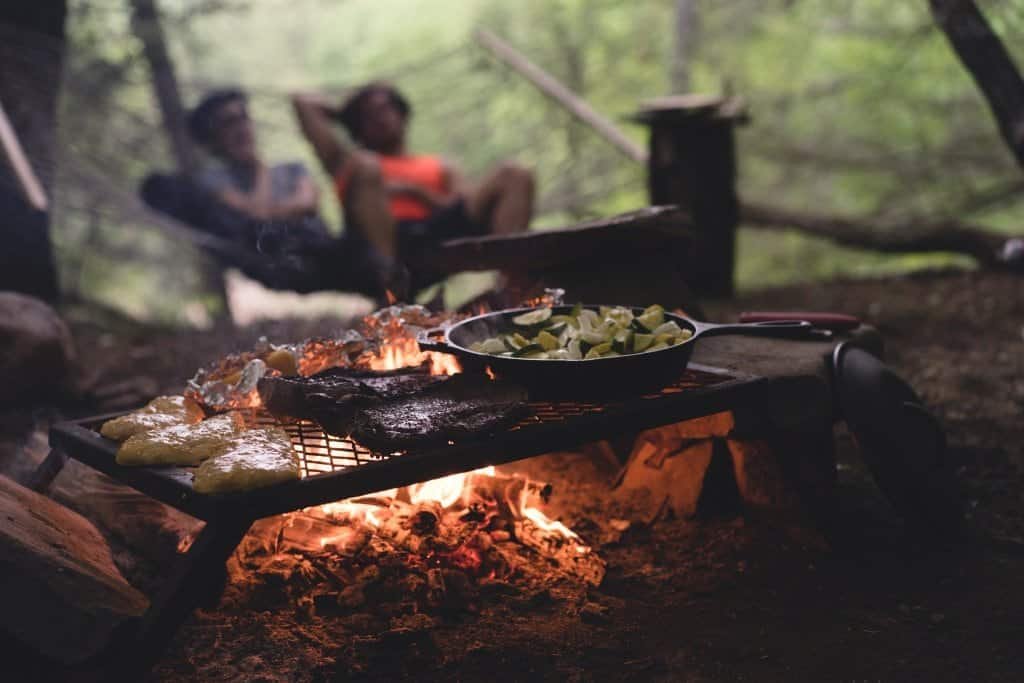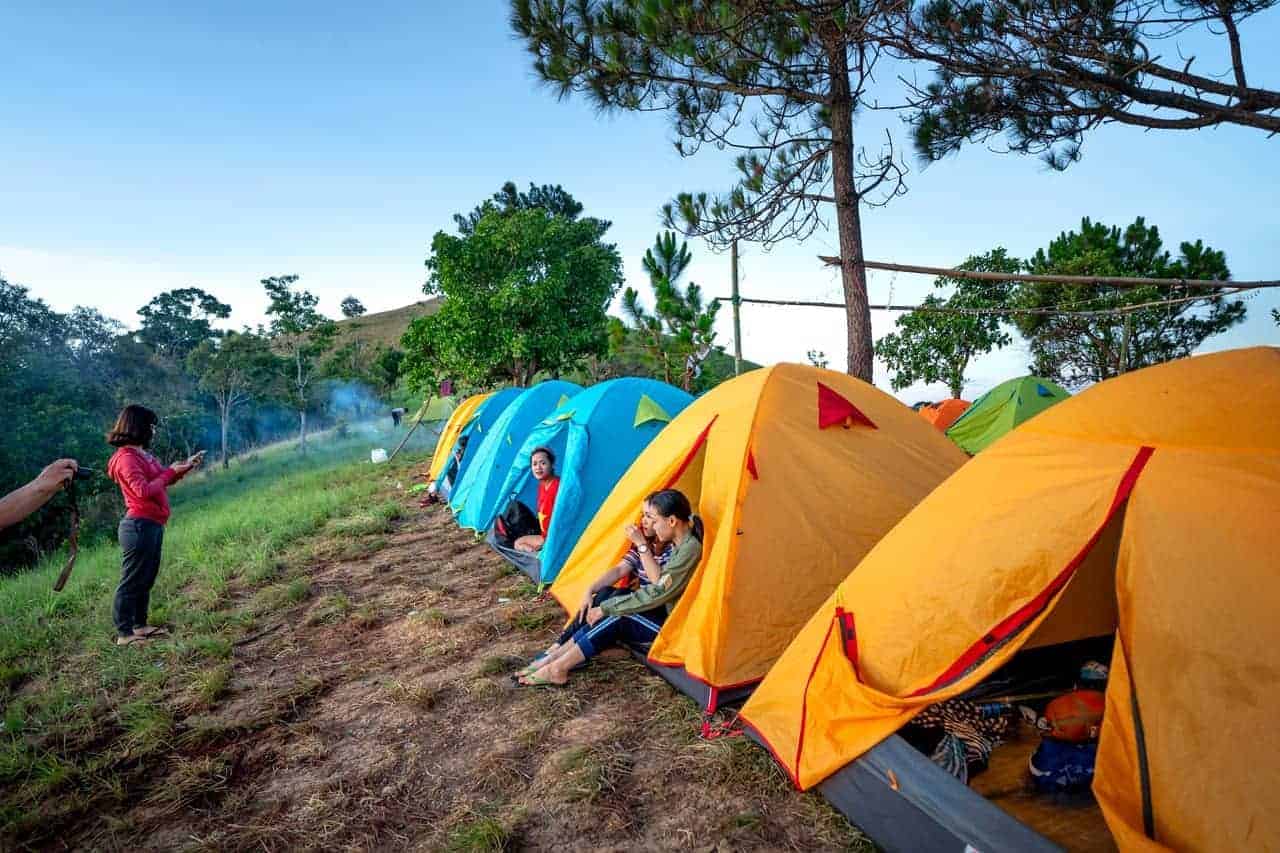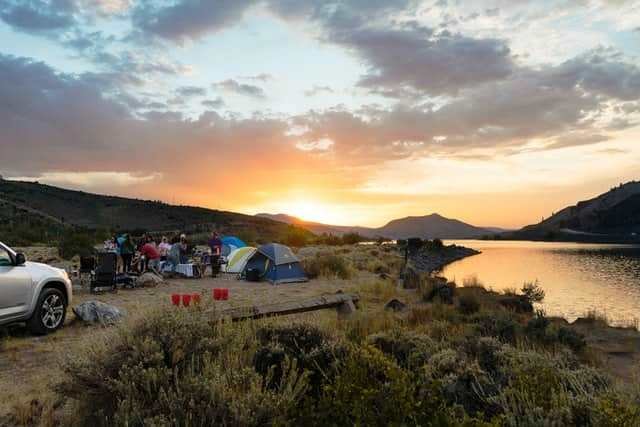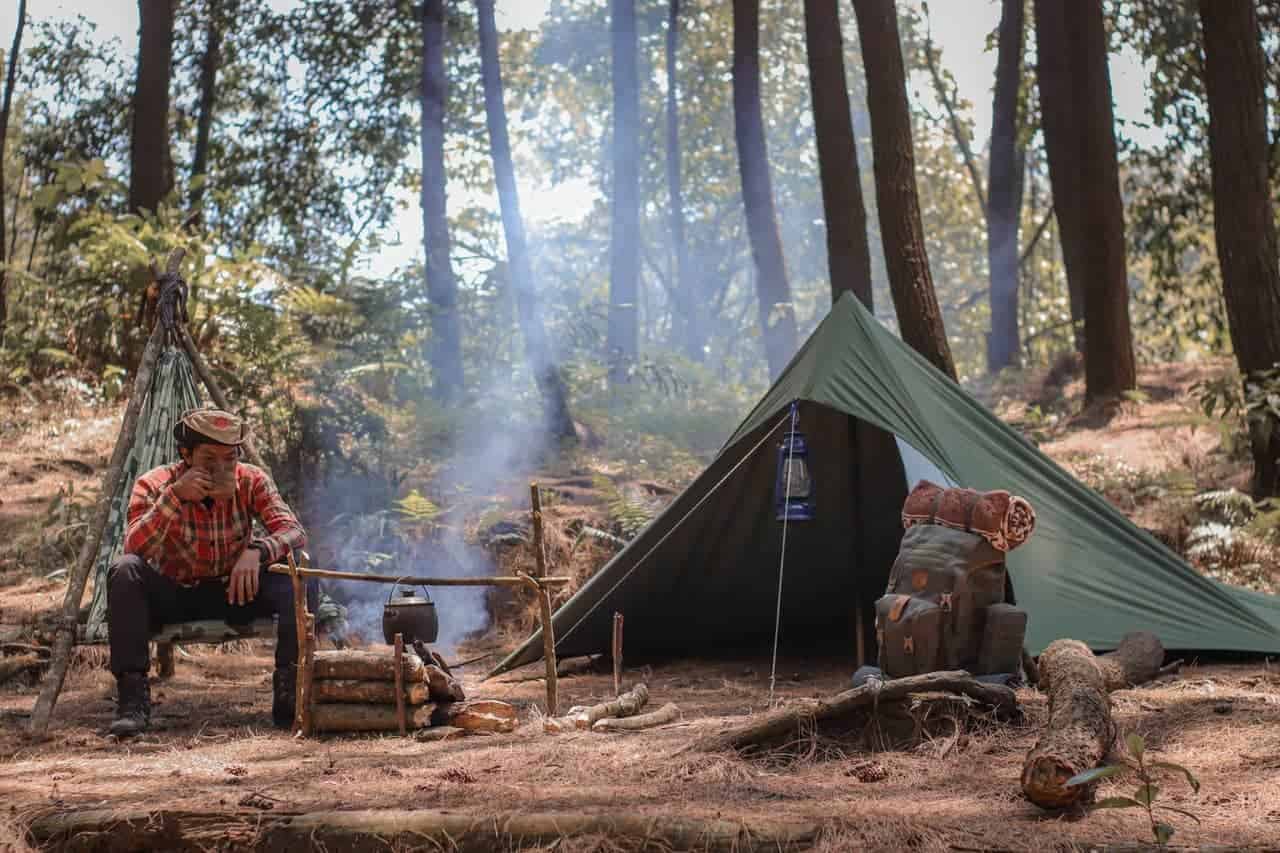It won’t be an overstatement to say that camping tents are one of the most important requirements for a hiking trip, in particular, multi-day hikes. Sleeping under the stars in the great outdoors might sound like a dream come true on paper, but some things are better said than done. Tents are pivotal for providing protection against the elements, wild animals, and other things that go bump in the night. So the purpose of this article is to discuss 3-season vs 4-season tent and to analyze a suitable one for you.
Types of Camping Tents
I’m sure you’ve heard various terms like 2 seasons, 3 seasons, and 4 season tents. Whether you’re a newbie to hiking or a pro on the trails it’s probably a good idea to briefly go over what these terms mean.
1. 2-Season Tent:

2-season tents are generally lightweight tents built for mild weather. They are less sturdy than most other tents and are meant for warmer weather and light precipitation associated with the summer months.
They mainly function to keep the user cool during warm weather rather than provide protection against extreme conditions. They may possess a rain flap, but this is usually light and only afford protection against light rains.
2. 3-Season Tent:

As you can probably infer from the name, a 3 season tent is a camping tent that can be used for three seasons of the year, namely summer, autumn, and spring, but not winter. There’s a lot more to this though, technically a 3-season tent can provide shelter against wind, rain, and snow.
Meanwhile, it lacks certain features which make it suitable from a safety point of view. They also have rain flaps which protect them against rain and light snows. The main differences between a 3-season tent and a 4-season tent lie in its ability to bear weight and its insulation capacities against cold weather, though we’ll speak more on this later.
3. 4-Season Tent:

Now 4- season tents, on the other hand, were designed to be used all-year-round, which is why it is also called the all-season tent. They have been designed to protect the occupants from extreme weather such as intense winds, freezing temperatures, and heavy snowfall. Therefore, they are bulkier and sturdier than the two tents mentioned above, with better insulation, a more durable design, and higher load-bearing capacity.
Another important feature about 4-season tents is that they are usually brightly colored so as to enable hikers to locate their tent more easily during a storm. Though a trade-off for all these features is its poorer insulation, which makes it inconvenient in warmer weather.
4. 5-Season Tent:

This is also known as the expedition tent. This tent is similar to the 4-season tent, but it was built with the most extreme weather conditions in mind, most especially extremely cold conditions. It is more heavily insulated than the 4-season tent and sturdy enough to carry several feet of snow.
It’s rather costly and meant for only the most extreme of conditions such as snow-clad mountain tops and the arctic tundra. That means it would be rather impractical to get one for a simple summer trip.

Differences Between a 3-Season and 4-Season Tent
1. 4-season tents are built with heavier and sturdier poles, this helps them to bear the weight of the snow and winter rain, which is heavier than the light summer rains which just slide of the tent. This means 4-season tents are much bulkier than other tents.
2. 4-season tents also traditionally made from two or three layers, which provides much better insulation against frigid temperatures than 3-season tents. This is very important during extremely cold weather where those extra layers may be the difference between life and death.
3. 4-season tents are usually made from brightly colored material, which makes them much easier to locate during a storm.
4. 3-season tents are better ventilated than 4-season tents because they are less heavily insulated, an important feature to consider which makes them impractical during the warmer months.
5. 3-season tents are generally less expensive than 4-season tents due to the fact that they’re made from lighter weight materials and have fewer features.
How To Keep a Tent Warm in the Winter
While the type of tent you use determines to a large extent the ability of your tent to stay warm in colder weather, with 4-season and 5-season tents being especially suited to this. So here are a few tips on how to keep your tent warm during those long cold months
1. Invest in a Catalytic Heater
These are safe to use within the tent, though it’s not generally advisable to leave it running all night. The best practice is to let it run for a while before going to bed.
2. Use a Thermal Blanket
Not only can you use these as a second insulating layer underneath your main blanket or sleeping bag, but they can also be used to redirect the heat from your heater towards you.
3. Keep your Tent as dry as possible
Don’t forget that a damp tent is a chilly tent. Invest in getting a well-ventilated tent and keeping your tent as dry as possible. Avoid tracking in snow, rain, and mud into the tent.
4. Don’t forget to bundle up
No matter how warm you make the tent don’t forget to bundle up properly. Wear insulated socks, knit caps, sleeping pads, and good quality temperature sleeping bags. Dress warm, stay warm.
Final Verdict
“So in summary what type of tent you choose depends largely on what you need. Getting a 4-season tent during summer is not only unnecessarily expensive, but it is also impractical as you may run into problems with ventilation and comfort. Generally, 3-season tents are suitable for most mid-level hikers, 4-season tents for the pros, and 5-season tents for the adventure junkies out there. Whatever class you fall under just weigh your needs and get the tent that’s best for you.“




